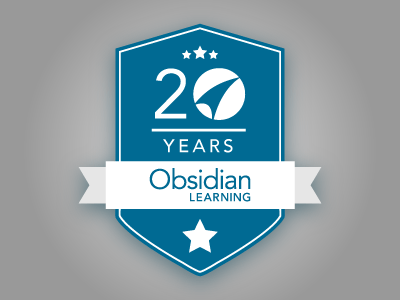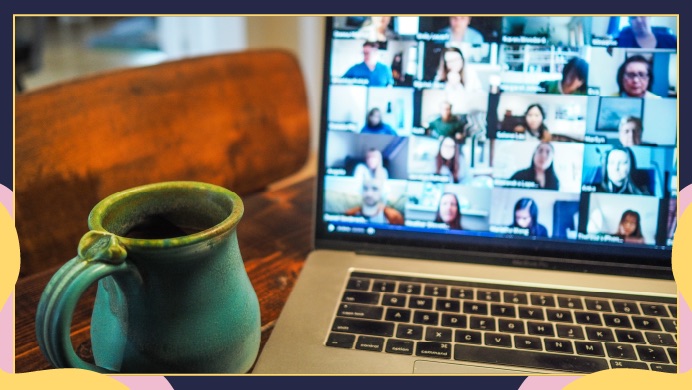In a recent New York Times blog post, Farhad Manjoo writes about a new messaging app that “may finally sink email.” The app, called Slack, is intended to facilitate group discussion and collaboration, and it works across a wide range of devices.
One particularly intriguing feature of Slack is that most chats are archived and available for searching. This makes Slack a powerful tool for managing knowledge and understanding team dynamics.
As Stewart Butterfield, Slack’s co-founder and chief executive, states in the article, “Being able to scroll back over the last couple weeks, you get a whole bunch of ‘soft knowledge’ about how the company operates — how people relate to one another at this company, who knows the answers to most questions, who really makes the decisions.”
Hmm. That sounds good. And maybe (sometimes) not. As Manjoo notes, some have expressed privacy concerns over Slack’s ability to archive employee chats.
Messaging Apps in the Workplace
Here at Obsidian Learning, we use both email and messaging for inter-office communication.
Speaking personally, it’s news to me that email is even close to sinking, and I’m having a hard time imagining persuading all our clients to adopt it just so we can communicate with them. I don’t think email is disappearing any time soon, at least at Obsidian.
Apparently, though, not everyone agrees. Manjoo writes that Slack is being used as the primary means of communications at some well-known companies, including Comcast, Walmart, and the New York Times. That’s pretty impressive.
Messaging Apps and Social Learning
So, while I’m not so sure Slack will replace email, I do think it could be a valuable resource in the design and delivery of learning.
We’ve written before about using collaborative technology to build a learning culture and foster employee engagement. And we’ve also looked at using social learning to build communities of practice and personal learning networks
Now consider the possibility of using a collaborative messaging tool (like Slack or Yammer) – both in the classroom to facilitate collaboration among learners (perhaps distributed globally) and later, in the workplace, to build on the learning experience by developing a shared base of knowledge. For example, a major oil and gas company uses Yammer for discussions during a webinar and as a ”find the expert” tool (using Yammer profiles).
A collaborative, searchable messaging tool could be an excellent way to foster continual learning, strengthen teams, and form communities of practice around particular disciplines or interests.
What do you think?
As a working professional, do you think something like Slack could replace email and messaging at your company?
And as an instructional designer or learning strategist, could you imagine adding Slack (or a similar tool) to your instructional design toolbox?







